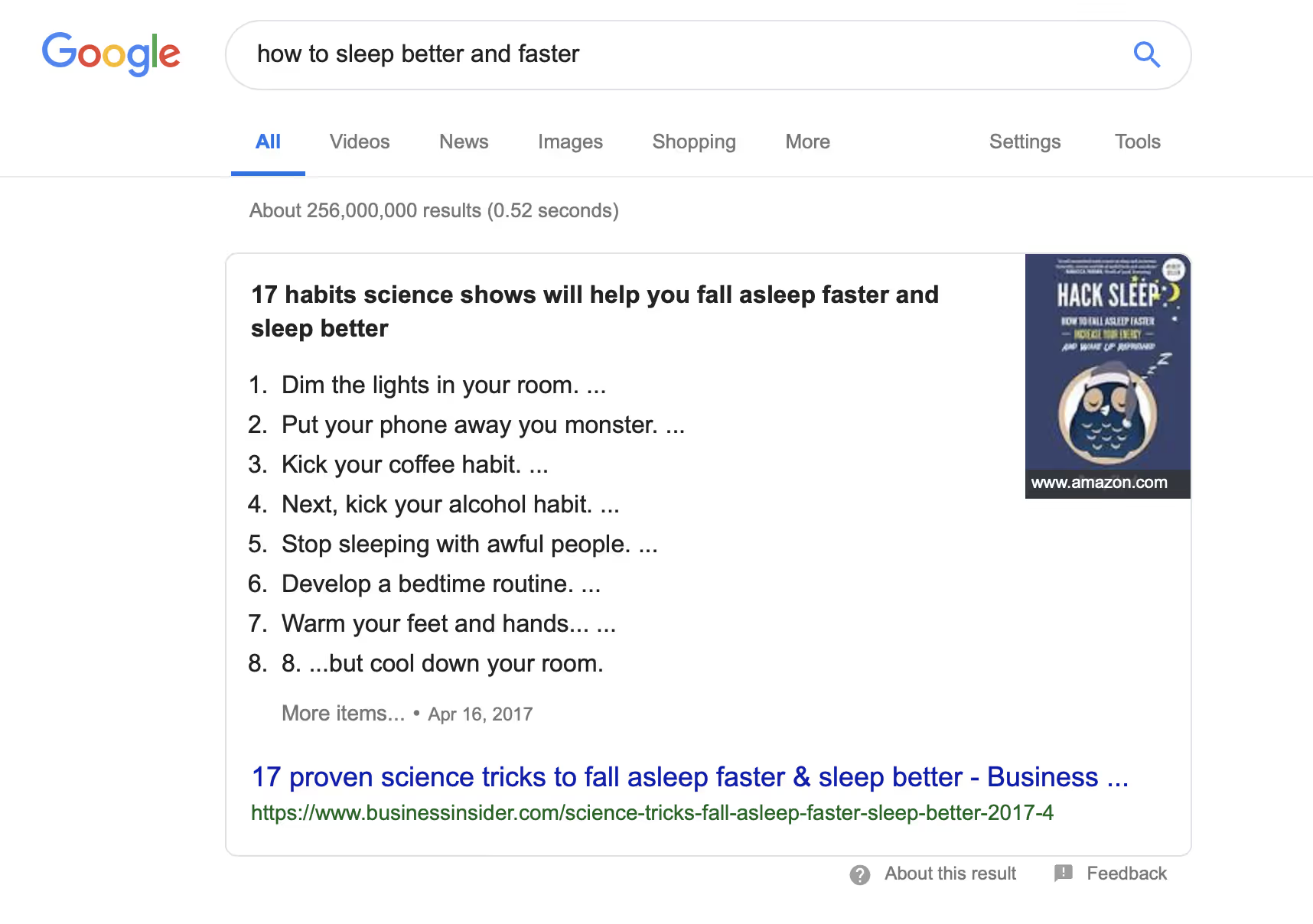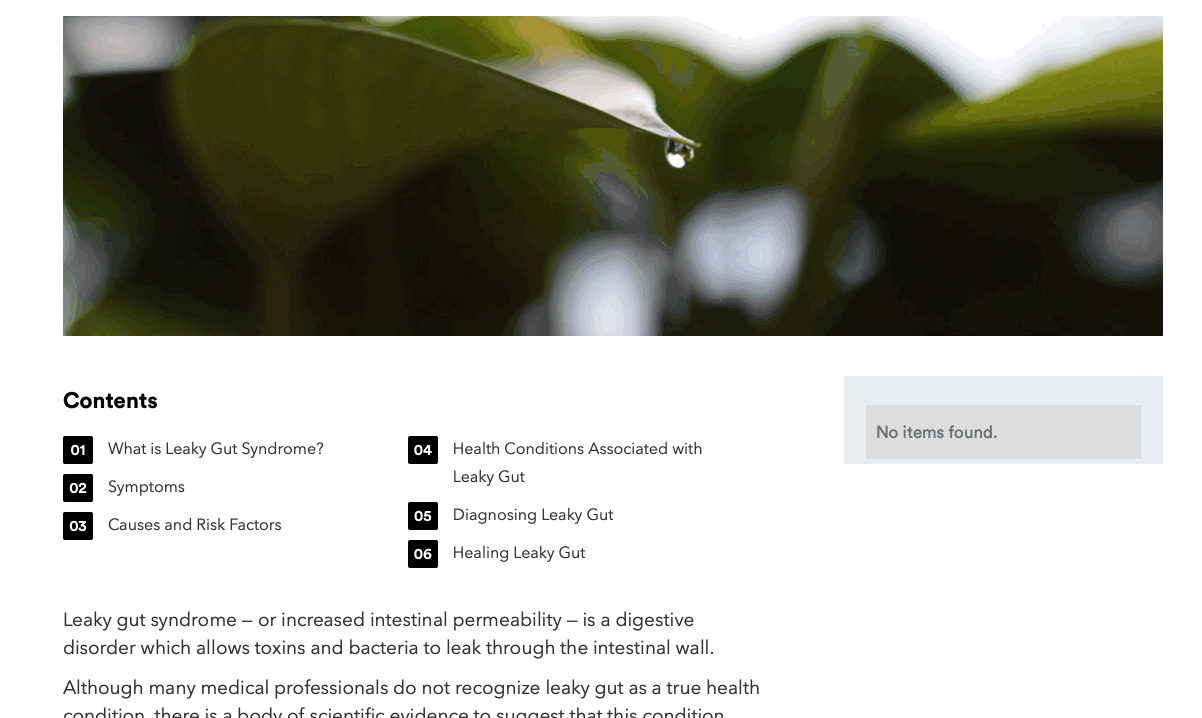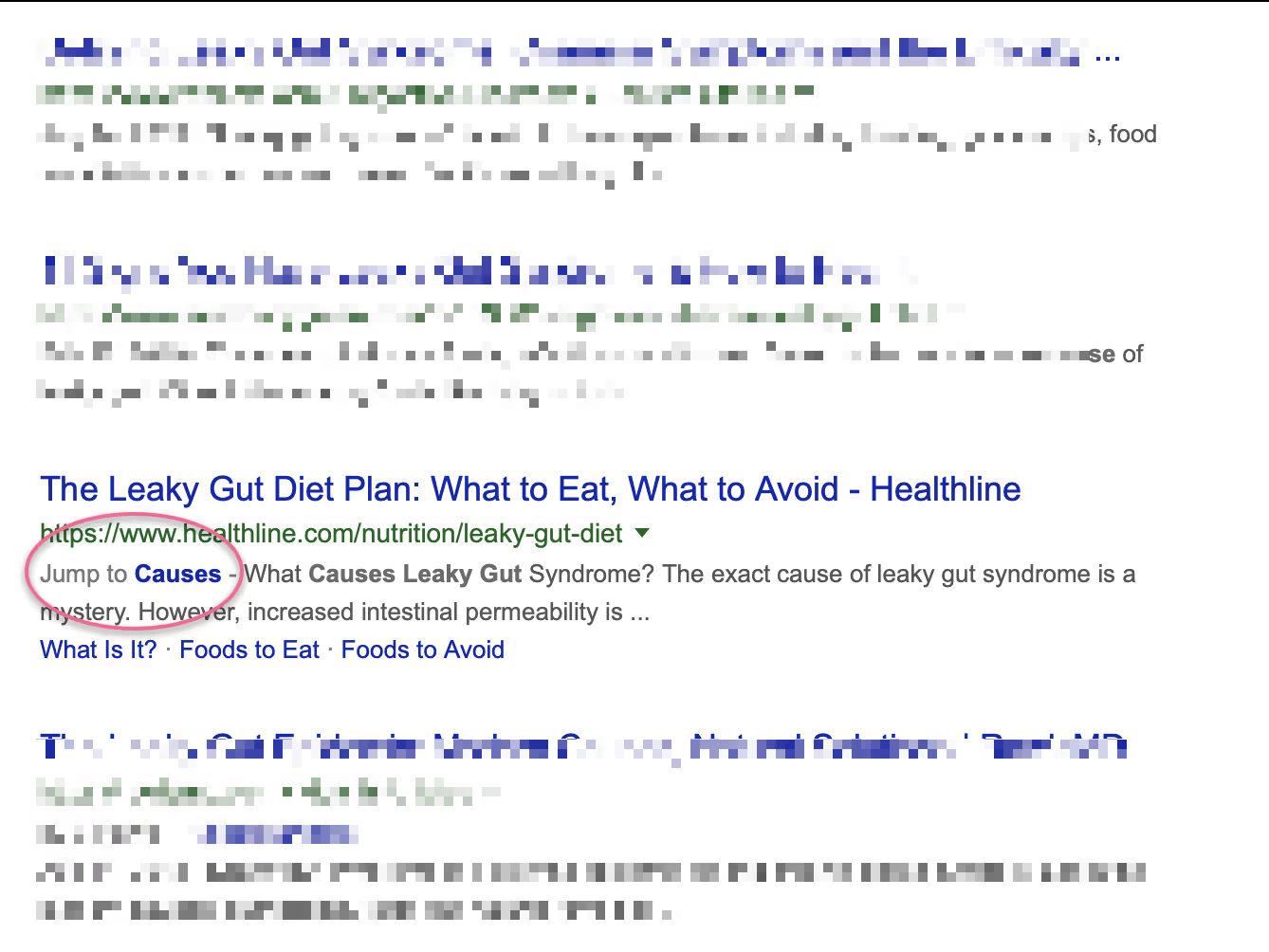
Conversation

🥳 Feedback Received!
Thanks for taking a moment to share your thoughts — it genuinely helps us make each chapter sharper.
What happens next:
- Your feedback goes straight to our product team.
- We’ll use it to refine lessons, clarify examples, and make the program even more useful.
Appreciate you helping make this program better for everyone.
Ready for your next challenge? 👇
Content Writing Guidelines
Editorial objective
The first rule of content writing is to write for quality.
Until you've established quality in a reader's mind, they won't carefully read.
Instead:
- They'll skim your content.
- They won't fully appreciate your arguments.
- They'll assume you're just trying to sell them something (instead of educate).
Most blogs are bad. So much content already exists, and new content is published so frequently that people default to skim-reading for highlights.
The antidote to skimming is quality. When readers recognize quality, they slow down. They treat you like a good book.
Defining quality
Quality stems from four factors:
- Concision
- Clarity
- Depth
- Engagement
Concision
Are you conveying your points without fluff? It's often more effective to forgo your "writer's personality" and witticisms—and write clinically.
Here’s an example of content that isn’t concise:
What is the best drone for beginners? For a beginner, there are a few drones that stand out on this list, but the drone you get heavily depends on what kind of beginner you are. If you’re looking at getting into drones because you like flying things and you want something to learn on, the Bugs 3 is a great choice. If you’re just looking for something to fly for fun around the house and bash around, you will probably want to look at the Mambo FPV.
There’s one other type of beginner that isn’t looking for either of those things. Some beginners just want a drone to take pictures and videos with. They need whatever drone they get to be easy to fly and have decent specs, but not break the bank. For those people, the DJI Spark is going to be the best option. There’s no reason to buy the other two drones I mentioned if you want to shoot videos and take pictures. The Spark is actually easier to fly than the Bugs 3 and Mambo FPV, so you don’t have to worry as much about the flying part.
Here’s that same content, written concisely:
What is the best drone for beginners? It depends.
If you want something fun to fly around the house, get the Mambo FPV. If you want to learn good technique, get the Bugs 3. If you want to take beautiful pictures and videos, get the DJI Spark.
Every article should be organized to answer the searcher’s query thoroughly and quickly.
For example, if someone googles "Does the SIBO diet work?" they don’t need two paragraphs at the top of the article defining SIBO. Their query makes it clear they have a working understanding of SIBO.
Instead, structure your article to answer the question. You can always provide context later in the article—if you want.
Clarity
Are you getting your points across fully and seamlessly? Or does the reader need to guess and re-read? To find out, ask readers for their feedback.
Here’s an example of content that isn’t clear, taken from a post titled “The Ultimate Guide to Team Synergy”:
In modern organizational theory, synergy means much more than “working together.” Synergy is actually a systemic principle that explains how a team's collective performance is unpredictable based solely on its member’s individual performances. Therefore, a team’s collective performance can be either better or worse than the sum of its members’ individual performances. This introduces a level of risk that is widely overlooked by most authors and that holds the key to understanding organizational success versus organizational failure.
The more big words you have, the tougher your writing is to read. Avoid big words until you need them.
Instead, give specific examples. For example, if we were actually trying to explain “synergy”:
Amanda runs a blog that gives career advice using cute cartoons. Thousands of college students read it every month. She's spent months trying to come up with a way to monetize it. But nothing works.
Michael runs a recruiting agency that places recent college grads at entry-level sales jobs. But he's having trouble finding recent college grads.
Amanda and Michael meet at a friend's birthday party. They brainstorm together. Amanda ends up making a new cartoon, based on sales careers, with a link to Michael's site in it. People click through, and Michael pays Amanda every time he places someone who came through her site.
Independently, they would have gotten stuck. But together, they found a way to solve each other's problems. And ended up with something better than they would have gotten individually. That's synergy.
Depth
Go beyond what people already know—without going unnecessarily into the weeds. To figure out the best depth to go, first become intimately familiar with the full range of material.
For example, you’ve probably read many blog articles with career advice about “following your passion.” That’s not deep. That’s self-evident. Someone searching for career advice will get disappointed and move on. They’ve already heard it.
Compare that with a post titled: “To find work you love, don’t always follow your passion. Job data says so.”
There are a couple things that imply depth, just from the title alone:
- The conclusion is counter-intuitive (“Wait, the advice I’ve been reading is wrong?”)
- The title shows that the author has done the research. There's data, and they’ve researched enough to know that most people say to follow your passion.
- There is some nuance. The title says “don’t always,” which means there’s more to tease apart.
Engagement
Are you hooking readers in? Are you exciting them about what they're learning? Are you effectively conveying how valuable the material is?
To write great content, articulate what got you interested.
Visual writing guidelines
You have control over how people read your article just by how you space paragraphs, bold words, and use headers.
Compare these two blog posts. (You can skim them.)
- Blog post 1: Medium
- Blog post 2: Equestrian Helmet
Why does the Medium post look so much better?
Aside from the tens of designers Medium has on their team, the writer themselves actually formatted the post to look more compelling.
Specifically: Images stand alone on a line. They don’t wrap around text.
Bad

Good

Putting an image on its own line forces people to look at it exactly when you want them to, because they’ll have to scroll through the article to keep reading. Like what we’re doing in this reading.
There’s no random bolding or underlining.
Pick the two or three most important lines of your article and bold those. No more than that. Otherwise, your reader will get distracted and overwhelmed.
Also, only underline links. If something is important, bold it.
Headers are larger, bolded, and separated from the text.
In the equestrian helmet article, headers are underlined and lumped in with the rest of the text.
It’s impossible to skim or figure out how to read.
There’s proper spacing.
The equestrian helmet article doesn’t put space between paragraphs. The sentences themselves are also too close together.
Medium has picked a great line height, so reading the article doesn’t make you feel cramped.
Use bulleted and numbered lists.
Lists create visually appealing spacing. They also force writers to shorten their sentences and organize their ideas more clearly.
Plus, bulleted lists are often what appear as featured snippets on results pages. Here’s an example:

We Googled how to sleep better and faster. Google added this featured snippet at the top of the page, before any other organic result—namely because it knows readers will appreciate the brevity and clarity of the numbered list.
Include a table of contents.
A table of contents with links to specific sections of your content can increase the time readers spend on your page—which benefits your SEO. Here’s an example of a table of contents that links to every H2 header on the page:

This table of contents feature can also increase your chances of having a jump to section appear in search results.

Embedding keywords
For most blog posts, you’ll be targeting a very specific keyword, like equestrian helmet for round heads.
Make sure the keyword itself shows up naturally a few times in the article—but don’t force it. Google penalizes unnatural keyword repetition (known as "keyword stuffing").
Don't target only your primary keyword, either. Google rewards posts that fully respond to a searcher’s intent. As important as it is to target your specific keyword, it’s equally important to target the theme of the keyword, and the searcher’s intent.
That means including related secondary and tertiary keywords into your post.
To identify secondary and tertiary keywords:
- Search for your target keyword in Google.
- Review the top 6-10 results. Make a list of some of the common words and phrases you see repeated.
- Take note of how each top-ranking article structures its content. Namely, what phrases do they use in their subheaders?
This exercise can be very time-consuming. Clearscope is a tool that does the work for you, but it’s pretty expensive. We cover it in a bonus lesson. It analyzes your keyword and lists out a list of supplemental keywords top-ranking articles use (as well as how frequently each word appears in these articles).
See below:

In the image above, our keyword is kefir vs. yogurt.
The list you see features the most relevant terms other articles use, how often, as well as the importance of that word in relation to your chances of ranking.
We'll teach you more about Clearscope in a bonus lesson, later.
Titles
The title must include the keyword you’re targeting, letter-for-letter, fully intact, and early on in the title.
Examples
Good example of a title (where eczema is the keyword we’re targeting)
"Is my eczema linked to diet?"
- ✔️It uses the keyword early on.
- ✔️It’s used in the first three words—even earlier is better but not if it results in weird grammar or compromises your ability to write something with a hook. ← Important
- ✔️It is in line with the reader’s mindset.
- ✔️It’s phrased in a way similar to how the reader would think.
- ✔️It encourages the reader to click it to answer the question.
Bad example
"Skin problems, like eczema, and their relationship to diet. Only at DietSkin."
- 🚫Keyword (eczema) is buried further away from the front end of the title.
- 🚫The title isn’t enticing.
- 🚫The character length is 84. That’s too much.
- 🚫‘Only at DietSkin’ is sales/marketing speak. Avoid these tactics.
Title Advice
Look at the top Google responses for your keyword. Find a way to title your content so it stands out. Make it interesting and compelling—but don’t write misleading clickbait.
It should include a hook that encourages the reader to click: Consider the mindset of the target audience. What are they looking to have answered?
Make sure the title is representative of the post’s content and isn’t a bait and switch.
If you don’t satisfactorily fulfill the promise of the title by the end of the post, people will click Back in their browser and your SEO performance will deeply suffer. Always give users exactly what they came for.
Technical advice
The title you use depends on what (1) is most interesting to click on and (2) stands out from the other search results.
- Simple description
- Eczema examples with pictures and explanations
- Types of eczema and what they look like on your skin
- Short hook - Pique their curiosity.
- Is my eczema linked to my diet? How to find out.
- Colon divider - Summarize the content of your post
- Eczema and diet: How they're connected.
- Eczema: How to improve symptoms by fixing your diet.
- Use capital case:
- Example: The Last of the Mohicans
- Explanation: Only use capital letters for the principal words. Articles, conjunctions, and prepositions are capitalized only when they start the title.
- Max 60 characters. (Or else it will be truncated!)
- Use this tool to measure character length.
- And use Moz's Title Tag Preview Tool to see how your title will look on Google.


